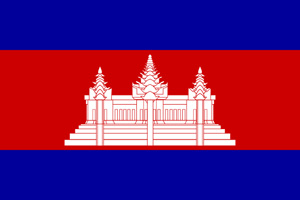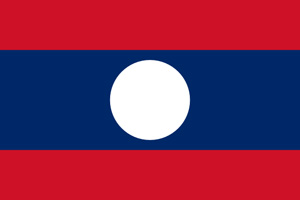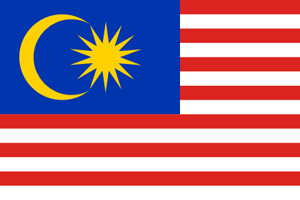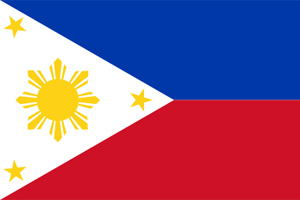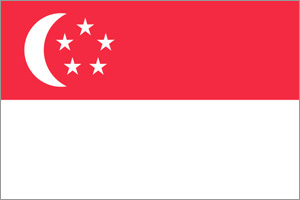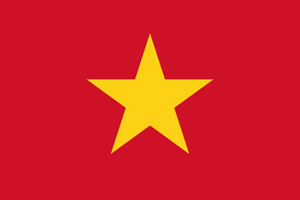4 Non-tariff measures
Non-tariff measures (NTMs) are generally defined as measures other than tariffs, which have an effect on trade. The concept of tariff commonly refers to “ordinary customs duties”, which under the ATIGA are “[a]ny customs or import duty and a charge of any kind imposed in connection with the importation of a good”. Therefore, NTMs comprise all measures other than “ordinary customs duties” and “other duties and charges” having an effect on trade.
The concept of NTMs is very broad, and includes a number of different measures, ranging from quantitative restrictions of all kinds, technical regulations, standards, SPS measures, customs rules, etc. All of them share the same characteristic of affecting trade.
To ensure greater transparency with respect to NTMs adopted by ASEAN Member States, the ATIGA requires each ASEAN Member State to:
- Establish a database on NTMs applied in its territory; and
- Notify amendments to existing measures or the adoption of new measures.
In light of the broad definition of NTMs and the lack of comparable, up-to-date data, major efforts have been made to gather and compile data on NTMs across countries. The UNCTAD has done extensive work to achieve a classification of NTMs.
The UNCTAD established a Multi-Agency Support Team (MAST), which led the data collection and the conceptualisation of a new NTMs classification for NTMs. The new MAST classification of NTMs, adopted in 2010, follows a hierarchical ‘tree’ structure where NTMs are differentiated according to 16 branches, or chapters, denoted alphabetically, with three levels of sub-branches designated by one, two, and three-digit codes. The classification includes many new sub-categories of NTMs in the areas of SPS and TBT and introduces new NTM categories, including export measures, trade-related investment measures, distribution restrictions, restrictions on post-sales services, subsidies, measures related to intellectual property rights and rules of origin. The classification also introduces the concept of “procedural obstacles”, which refers to issues related to the process of application of an NTM, rather than the measure itself. The NTMs classification was revised by the UNCTAD after consultation with the WTO in 2012.
The 15th meeting of the ASEAN Coordinating Committee on the Implementation of the ATIGA (CCA), held in Chiang Mai, Thailand on 12-13 June 2014, endorsed the use of UNCTAD’s NTMs Classification (February 2012) for purposes of the ATR’s and NTRs’ structure, fine-tuned and adapted to the relevant ASEAN framework, for purposes of supporting AMSs’ tasks with respect to the classification, collection and notification of NTMs.
Taking into account the specificity of the ASEAN framework, the ASEAN classification of NTMs for purposes of the transparency requirements mandated under the ATIGA includes the following broad NTM categories:
- Sanitary and phytosanitary (SPS) measures;
- Technical barriers to trade (TBT);
- Pre-shipment inspection and other formalities;
- Contingent trade protective measures;
- Non-automatic licensing, quotas, prohibitions, and quantity control measures other than for SPS or TBT reasons;
- Price-control measures including additional taxes and charges;
- Finance measures;
- Measures affecting competition;
- Trade-related investment measures (TRIMs);
- Distribution restrictions;
- Restriction on post-sales services;
- Subsidies (excluding export subsidies);
- Government procurement restrictions;
- Intellectual property; and
- Export-related measures.



